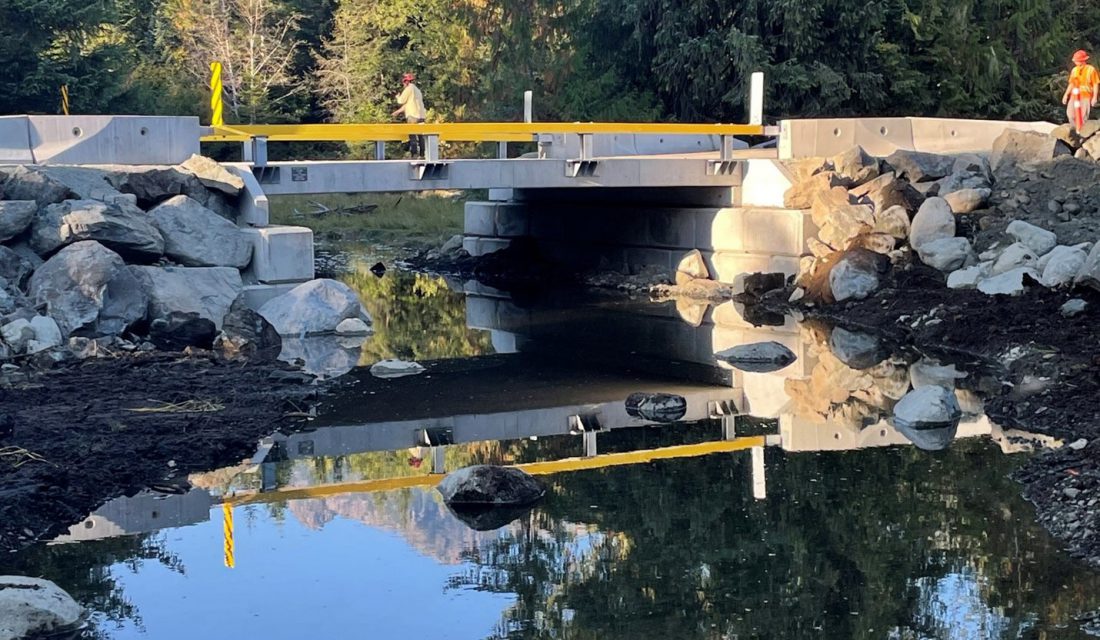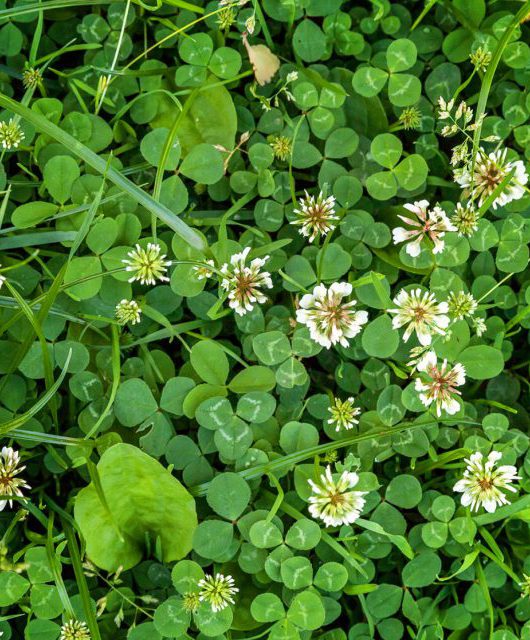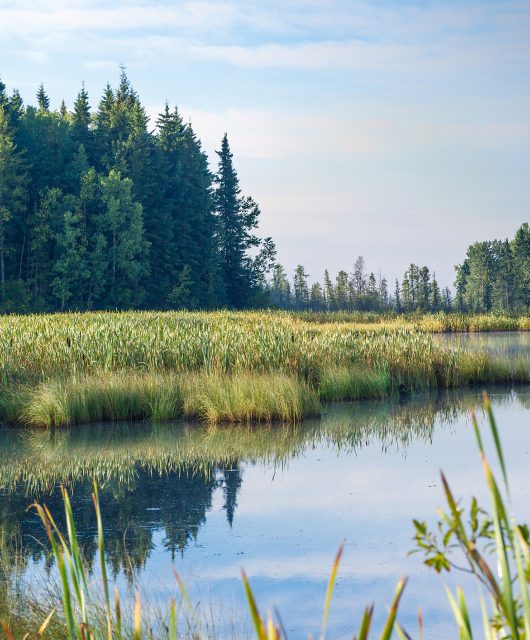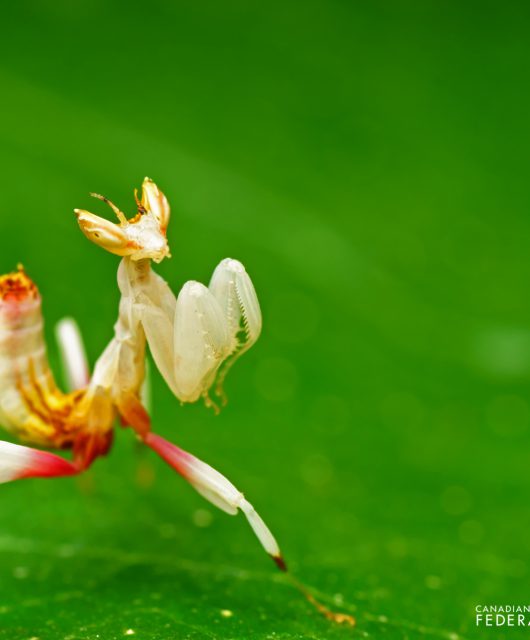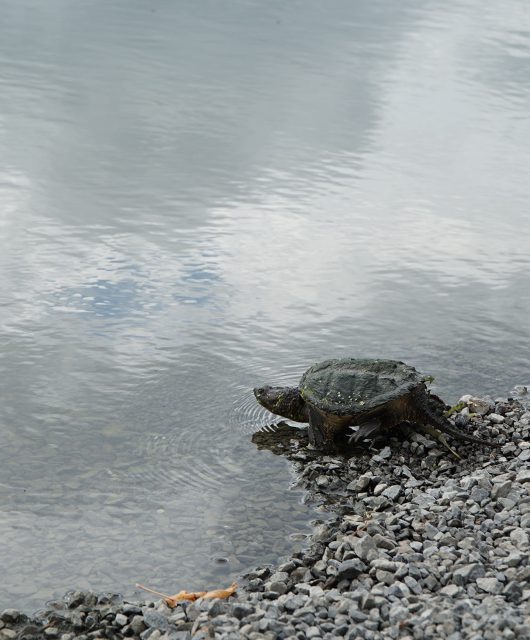On February 2, 2024, the world celebrates wetlands and human well-being.
This is a great opportunity to showcase one of our fish passage projects in British Columbia.
Turning the Tides on Habitat Loss
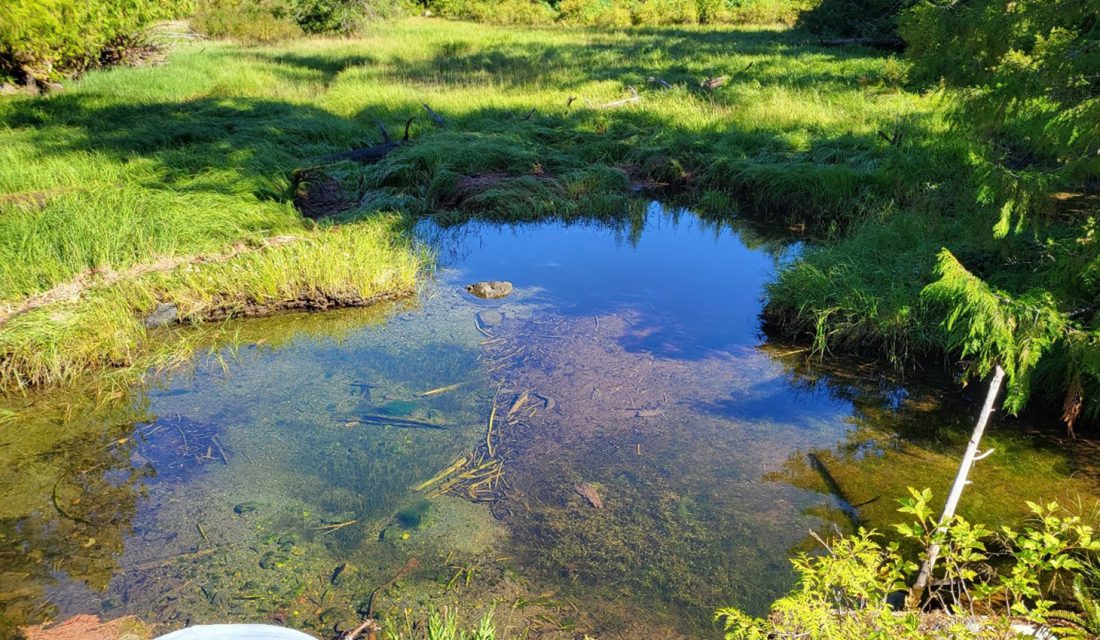
Canton wetland is a tidally-influenced coastal wetland on the west coast of Vancouver Island. The wetland is fed by a small tributary with active spawning habitat for Chum and Coho salmon, and the water interacts with the ocean tides to provide a highly-productive nursery for juvenile Coho and Chinook Salmon. Other fish species found in the wetland include threespine Stickleback, Prickly Sculpin and Hairy Shore Crab. Juvenile salmon typically enter into the wetland with the incoming tides and follow the tides back out to sea as water drains from the wetland on the tidal outflow.
Head Bay Forest Service Road follows the coastline to the remote village of Tahsis on the west coast of Vancouver Island. Though Tahsis is home to fewer than 250 people year-round, the village and surrounding areas are a popular destination for recreational fishing and ecotourism. Head Bay Forest Service Road serves as the only land bridge between Tahsis and the rest of Vancouver Island. The problem was that a small culvert underneath the road became perched, causing juvenile salmon to become trapped in the wetland during low tides, and sometimes stranding them in areas that dry out.
Solutions for Salmon
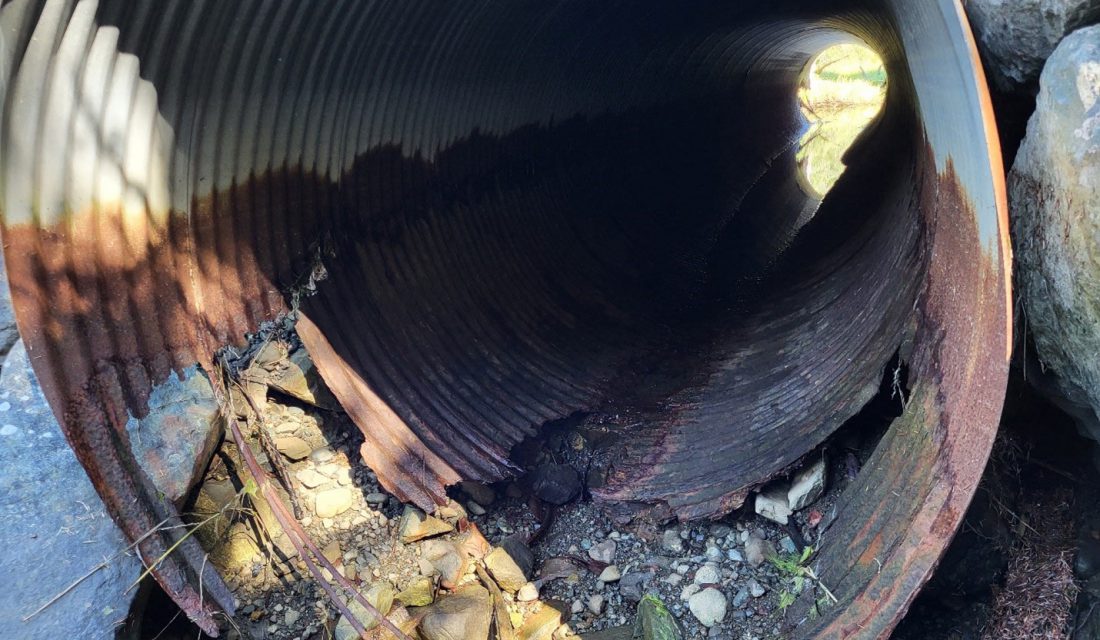
This past summer, the Canadian Wildlife Federation worked with BC Timber Sales to replace the crossing under Head Bay Forest Service Road with a clearspan bridge. Underneath the bridge, a channel was built and lined with rounded cobbles and rocks to create a more natural surface for fish to move through. The new bridge allows water and fish to enter and exit the wetland freely with the tides, providing important access and egress to this highly-productive system. The project cost $501,000, and work was completed with funding from the Pacific Salmon Commission Southern Endowment Fund, BC Ministry of Transportation and Infrastructure, and BC Timber Sales, with additional planning support from the BC Salmon Restoration and Innovation Fund.


